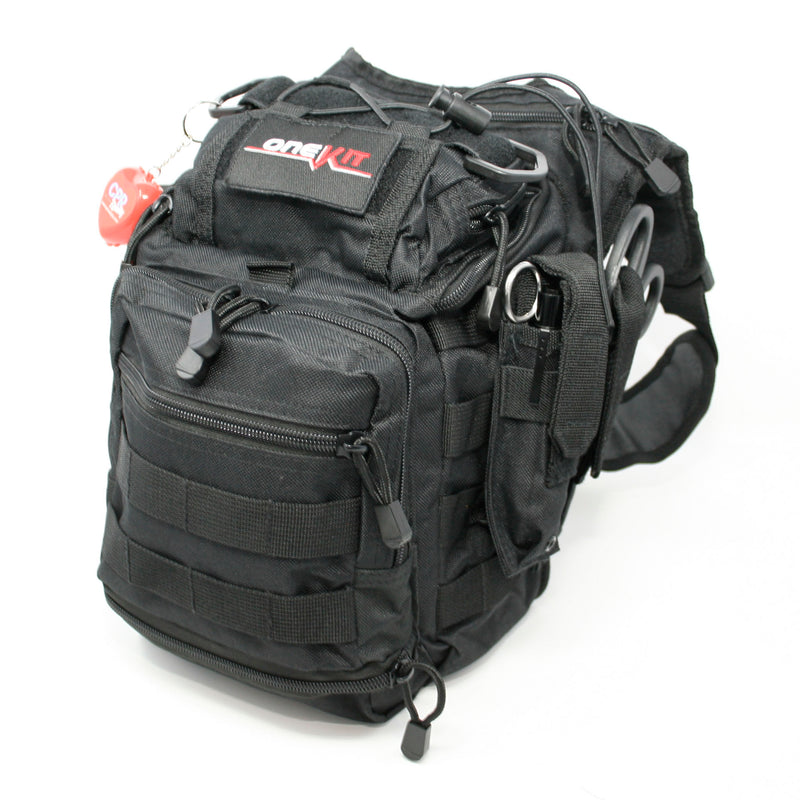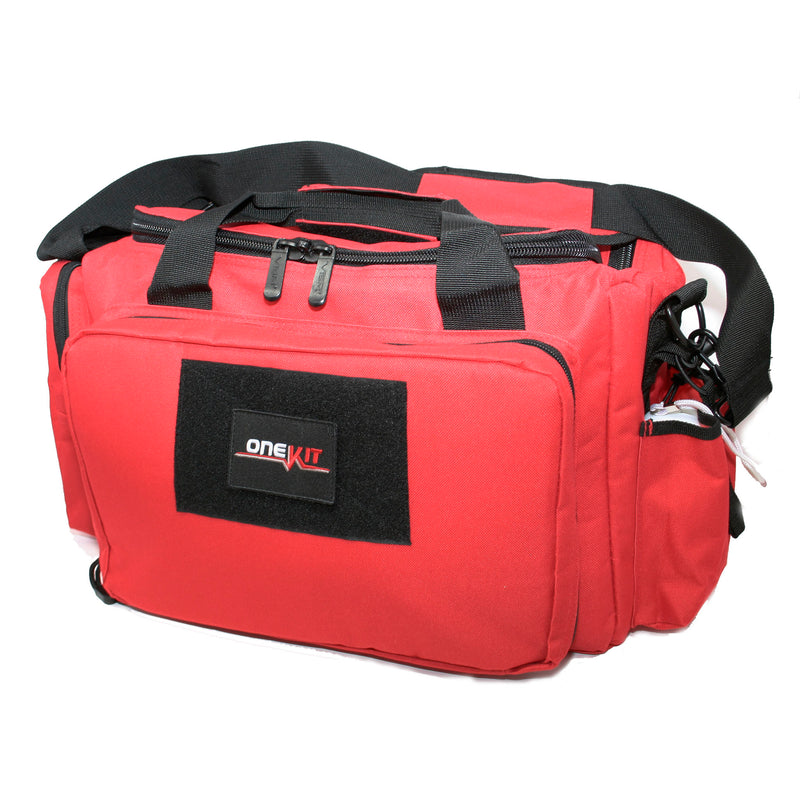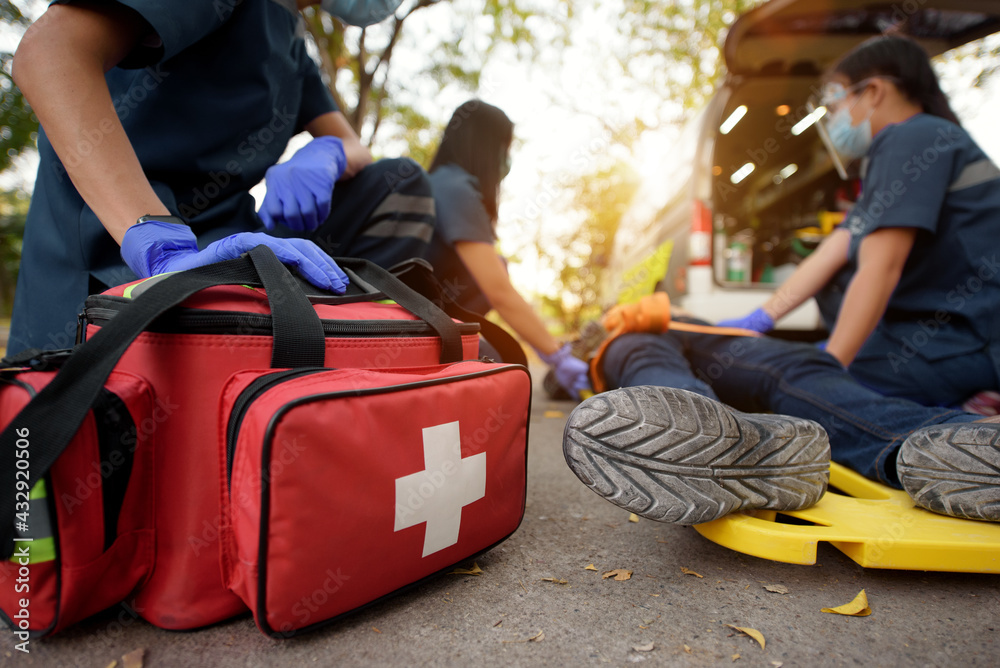
Complete First Aid Kit: What to Include for All Situations
Introduction
In any emergency situation, having a well-stocked first aid kit can make all the difference. Whether you're at home, on the road, or enjoying the great outdoors, accidents can happen at any time. That's why it's essential to have a complete first aid kit that includes all the necessary supplies to address various injuries and emergencies.
Best First Aid Kit in Texas: Ensuring Your Safety
As a Texan, you understand the importance of being prepared for anything. When it comes to first aid kits, having the best one is crucial for your safety and the safety of those around you. The Lone Star State is known for its vast landscapes and outdoor activities, which make accidents more likely to occur. By investing in the best first aid kit in Texas, you can ensure that you're ready for any situation.
Complete First Aid Kit: A Comprehensive Solution
A complete first aid kit is not just a collection of random supplies thrown together. It is a carefully curated assortment of essential items that cover a wide range of emergencies. From minor cuts and burns to more severe injuries, a complete kit should have everything you need to provide immediate care while waiting for professional medical help.
First Aid Kit Essentials: Must-Have Supplies
To build an effective first aid kit, it's crucial to include certain essentials. These items will enable you to handle most common injuries and ailments effectively. Here are some must-have supplies for your complete first aid kit:
Emergency Medical Kit: Going Beyond the Basics
While the essentials cover most common injuries, certain situations require additional supplies. An emergency medical info@buyonekit.com kit takes your first aid preparedness to the next level. It includes items that can address more severe emergencies or prolonged situations where professional medical help may be delayed. Some essential items to consider for an emergency medical kit include:
First Aid Kit for Home Safety: Ensuring Your Family's Well-being
Having a first aid kit at home is vital for your family's safety and well-being. Accidents can occur anywhere within your home, from the kitchen to the backyard, so it's crucial to have a readily accessible kit stocked with all the necessary supplies.
Basic Medical Supply Checklist
To create a comprehensive first aid kit for home safety, ensure that it contains the following basic medical supplies:
Best Emergency First Aid Kit: Ready for Anything
When it comes to emergencies, being prepared can make all the difference. The best emergency first aid kit goes beyond the basics and includes additional supplies that can handle a wide range of situations. Some items to consider adding to your emergency first aid kit are:

Essential Kit for First Aid: Be Prepared Wherever You Go
Accidents can happen anywhere, whether you're hiking in the wilderness or traveling to a remote location. Having an essential kit for first aid ensures that you're prepared no matter where you go.

Portable First Aid Kit
A portable first aid kit is compact enough to carry with you at all times, making it ideal for day trips, camping adventures, or even everyday use. When assembling a portable first aid kit, focus on including lightweight yet essential supplies such as:
Travel First Aid Kit: Ready for the Journey
Traveling exposes you to new environments, different climates, and potentially unfamiliar medical facilities. Having a travel first aid kit will help you address minor injuries or illnesses during your journey. Here are some additional items to include in your travel first aid kit:
FAQs (Frequently Asked Questions)
Q: What is the most important item in a complete first aid kit?
A: While every item in a complete first aid kit serves a purpose, adhesive bandages are often considered the most important. They can cover small cuts and scrapes, preventing further contamination and promoting healing.
Q: How often should I check my first aid kit?
A: It's essential to regularly check your first aid kit to ensure it's stocked with up-to-date supplies and that nothing has expired or been used without replacement. A monthly check is recommended.
Q: Can I use my first aid kit on animals?
A: While some items in a human first aid kit can be used on animals, it's best to consult a veterinarian for specific advice on treating animal injuries or illnesses.
Q: How do I know if my first aid kit is complete?
A: Ensure that your first aid kit includes all the essential supplies mentioned earlier, as well as any additional items specific to your needs or activities.
Q: Where should I store my first aid kit?
A: Your first aid kit should be stored in a cool, dry place away from direct sunlight and out of reach of children. It should be easily accessible in case of emergencies.
Q: Can I create my first aid kit or should I buy a pre-made one?
A: You have the option to create your own first aid kit or purchase a pre-made one. Pre-made kits often provide a convenient and comprehensive solution, but creating your own allows customization based on personal needs.
Conclusion
Having a complete first aid kit is essential for everyone. Whether you're at home, exploring the outdoors, or traveling, accidents can happen when least expected. By including the right supplies for various situations, you can ensure that you're prepared to handle emergencies effectively. Remember to regularly check and replenish your first aid kit to maintain its effectiveness. Stay safe and be prepared with a complete first aid kit: what to include for all situations.